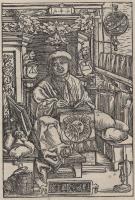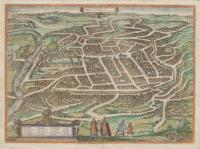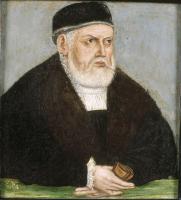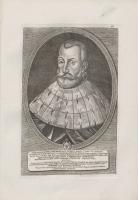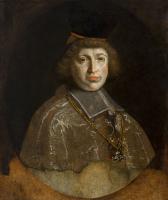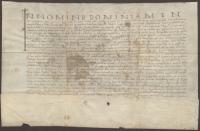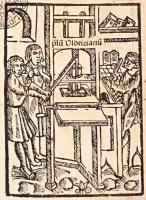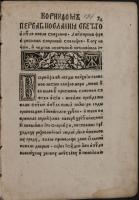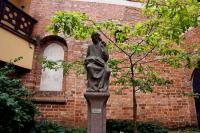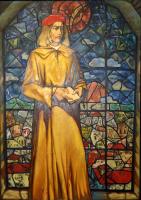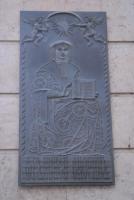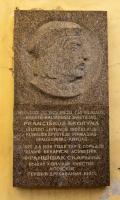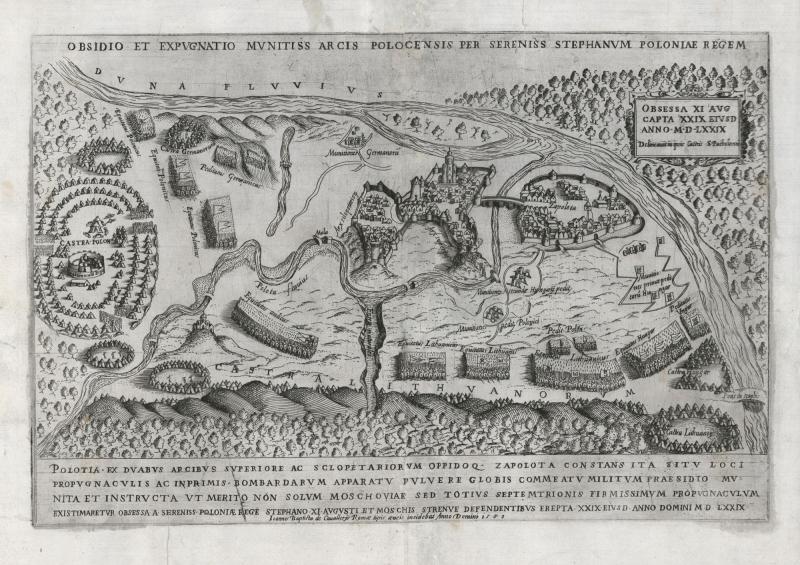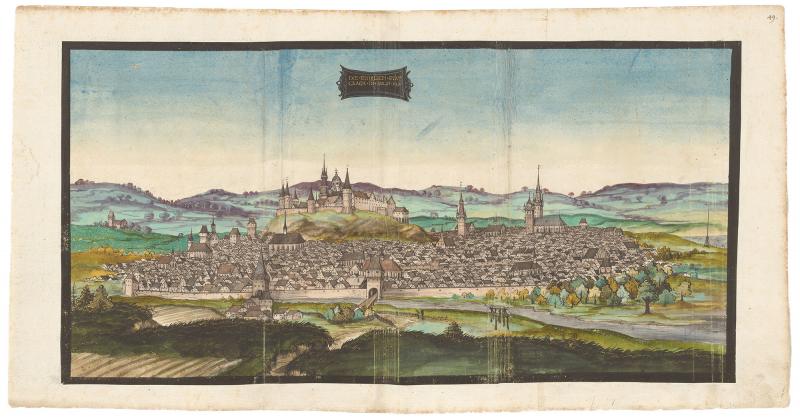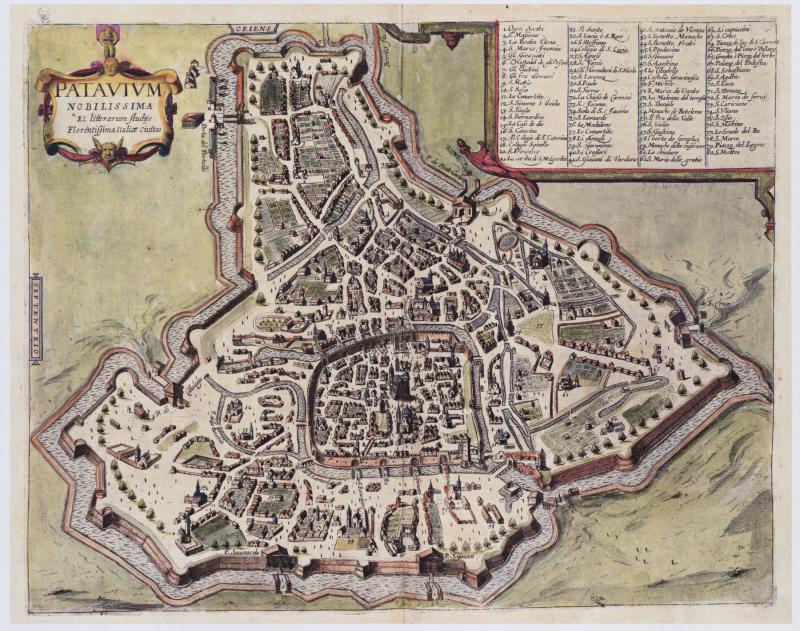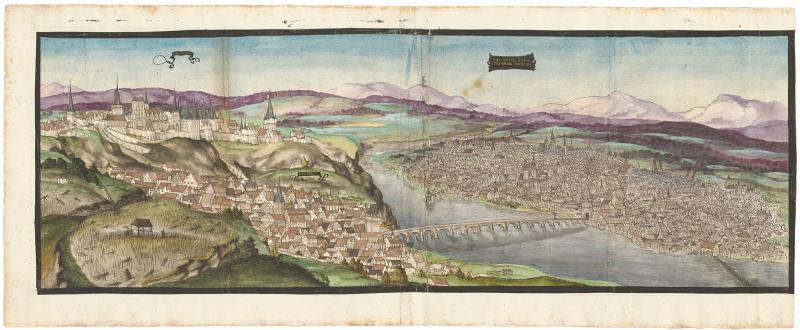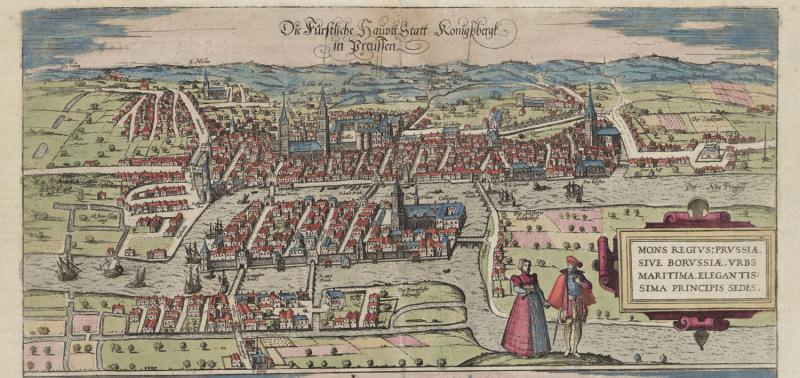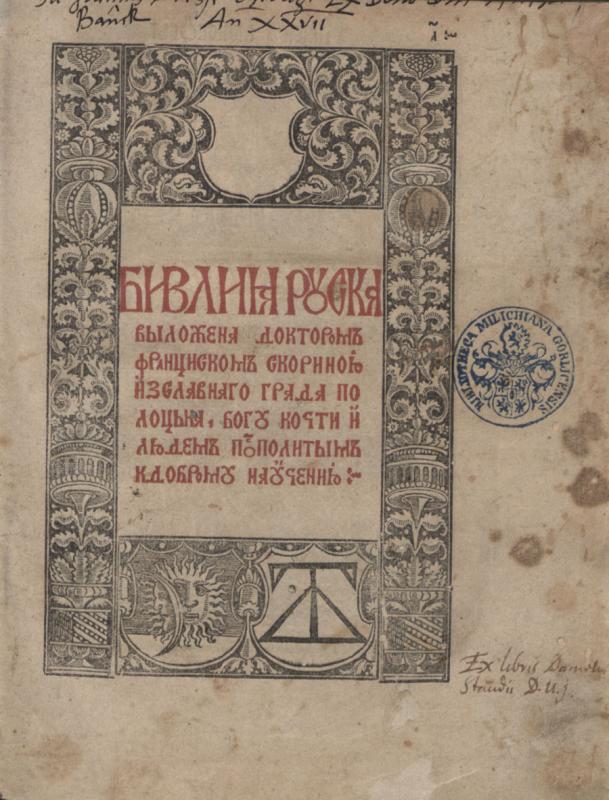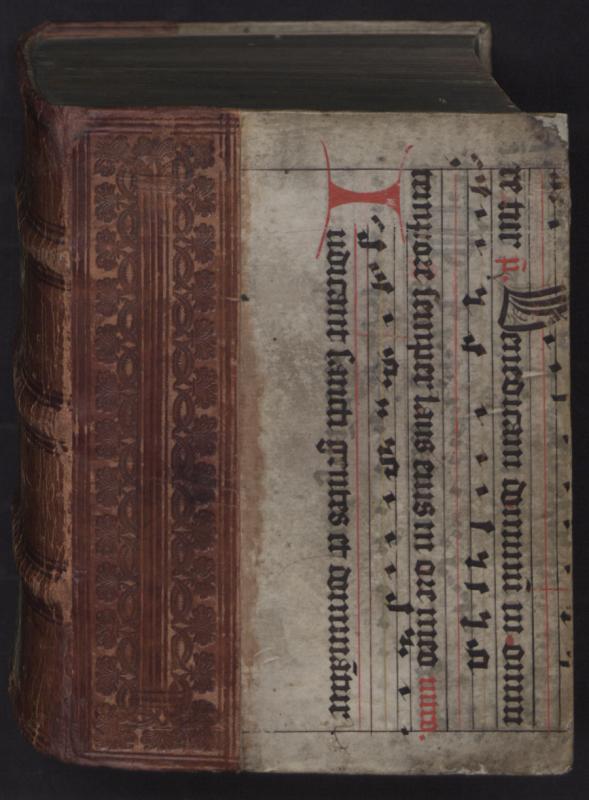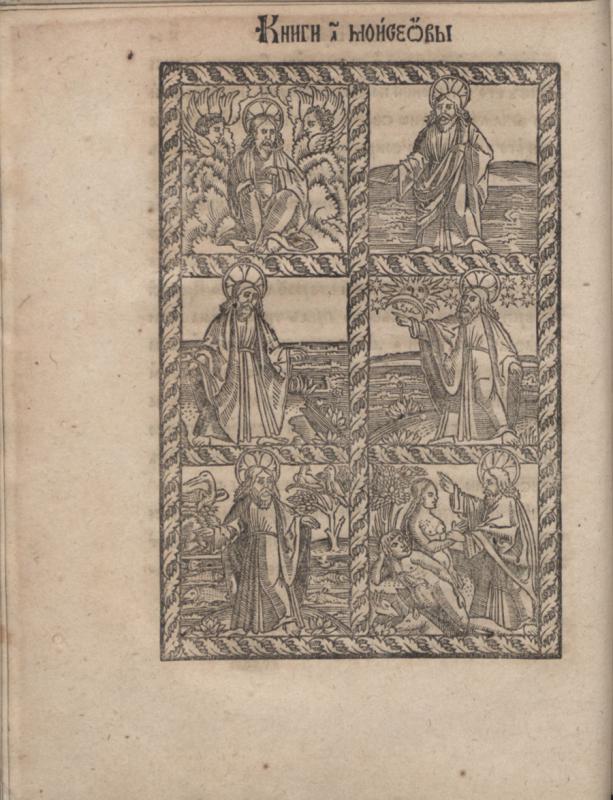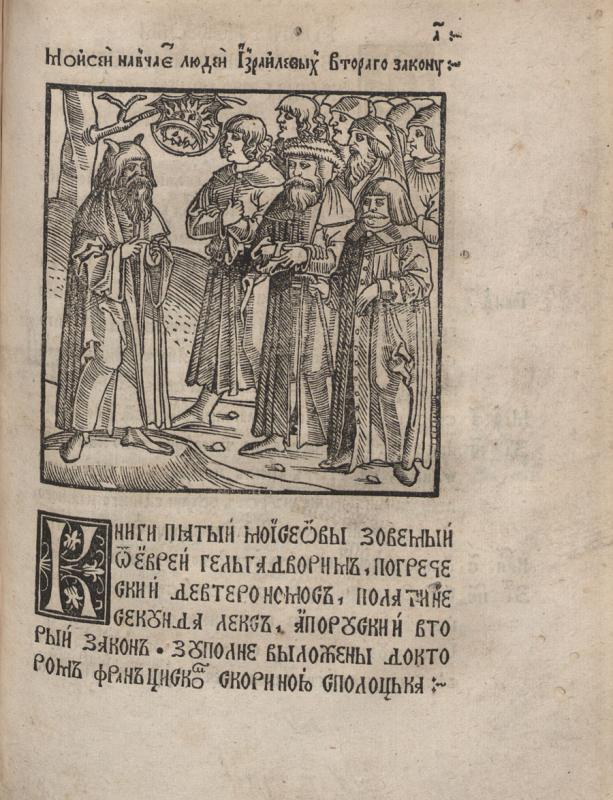About the Exhibition
OLB A II 4° 26
In 2022, we celebrate the 500th anniversary of printing in the Grand Duchy of Lithuania. In 1522, the Ruthenian printer Francysk Skaryna issued the “Little Traveller’s Book”, a publication that marked the beginning of crucially important changes in the culture of Lithuania. The Grand Duchy of Lithuania became a member of the community of European countries that printed books, i. e. mastered the most modern means and methods of information and communication. Far from accidental, this development was caused by several reasons and was promoted by the most prominent Lithuanian statesmen, scholars, and people of culture belonging to several religious denominations. And this is what this exhibition is about.
The future pioneer of printing in Lithuania was born in Polotsk in 1470. His father, Luka Skaryna, was a rich Orthodox merchant trading in hides and furs. Francysk has an elder brother, Ivan, who took over the business after the death of their father. It is unclear where Francysk received his primary education. It is assumed that he must have gained his interest in Catholic culture from the Bernardines and completed his primary studies in Vilnius. In 1504‒1506, Skaryna studied at the University of Cracow, where he received a Bachelor of Arts degree. It is unknown where he obtained his master’s degree and where he acquired his knowledge of medicine. In any case, in September of 1512, he passed his examinations externally at the University of Padua and obtained a Doctor of Medicine degree. Afterwards, we see him in Prague: In 1517‒1519 or 1520, he published a translation of the Old Testament into Church Slavonic (of which, 23 books are known) in the printing house belonging to a merchant called Severyn. After moving to Vilnius in 1520, he continued his publishing work. About 1522, he printed the “Little Traveller’s Book”, and in 1525, the “Acts and Epistles of the Apostles”. These books are the first publications produced on the territory of Lithuania. In 1523–1535, Skaryna served as personal physician to the Bishop of Vilnius, John of the Lithuanian Dukes. Later Skaryna went through many trials and tribulations. His printing house burned down in the fire that ravaged Vilnius in 1530. His wife died soon after. In 1532, creditors of Skaryna’s brother Ivan sued Skaryna to the court demanding compensation for his brother’s debts, so he had to spend some time in a Poznan prison. Owing to the efforts to his nephew Roman, Skaryna was finally acquitted by King Sigismund the Old. However, the king’s favorable judgement was not enough to allow Skaryna resume book publishing in Vilnius. At that time, the city magistrate and the entire community of townsmen roiled with disagreements concerning businesses and properties. The losses incurred by the fire and the quarrels of Vilnius people crushed his last support, the backing by wealthy Vilnius citizens, which until then had been breathing life into Skaryna’s efforts. So Skaryna, with his children, left for Prague, where he served as gardener to King Ferdinand I Habsburg. We may deduce the time of Francysk’s death from a royal letter of January 29, 1552 issued to his son Simeon concerning the return of Skaryna’s property to the heir. Skaryna’s other son, also named Francysk, perished during the fire that devastated Prague in 1541. Simeon was still alive in 1593.
The significance of Skaryna’s books is immense. Above all, they reinforced the existence of the Grand Duchy of Lithuania based on the strong cultural identity of its citizens. Skaryna’s books served this purpose alongside other significant changes in the state such as economic or legal innovations. Moreover, Skaryna’s life and work shed light on some important trends in the interaction of cultures. At that time, cultural innovations flowed to Lithuania from such diverse locations as Cracow, Padua, Siena, Königsberg, Wittenberg, Vienna, and Prague. In Prague, Skaryna continued the tradition of writing in Church Slavonic and Ruthenian and implemented a new opportunity – printing in Cyrillic characters. In 1522 and 1525 he resumed doing this in Vilnius. So, it is no surprise that the initiative of writing in Lithuanian also was accomplished here, in the old capital of Lithuania. Eventually, the year 1547 arrived, when Lithuania, which already had experience in printing in Latin and in Slavic languages, enriched the repertoire of the printed word by texts in the Lithuanian language. The history of Polish printing in the Grand Duchy began in six more years (1553). And it is Skaryna’s books that we see in the origins of these events.
Concept by Dr. Sigitas Narbutas
Design and texts by Dr. Daiva Narbutienė, Dr. Sigitas Narbutas
Research consultations by Assoc. Prof. Dr. Habil. Ilya Lemeshkin and Prof. Dr. Habil. Sergejus Temčinas
Exhibition partners: National Museum – Palace of the Grand Dukes of Lithuania, Vilnius University Library
ZK TN 2826
UBW Delin. VI, 9, 49
VUB Kp 299
UBW Delin. VI, 10, 41
VUB 1K-115
OLB A II 4° 26
OLB A II 4° 26
OLB A II 4° 26
OLB A II 4° 26

